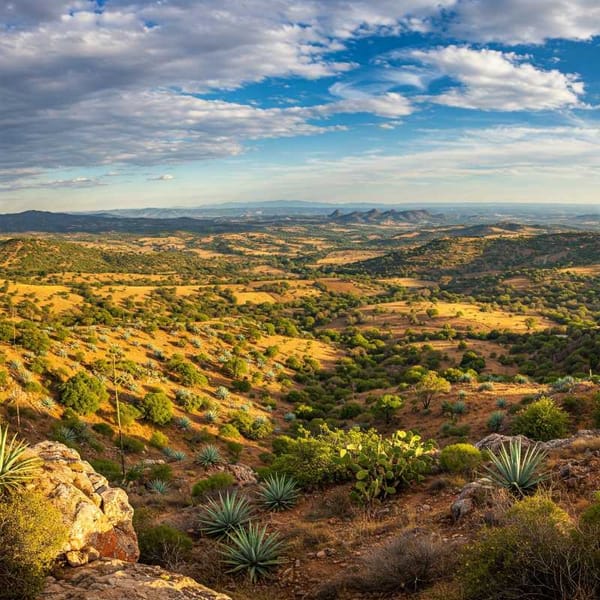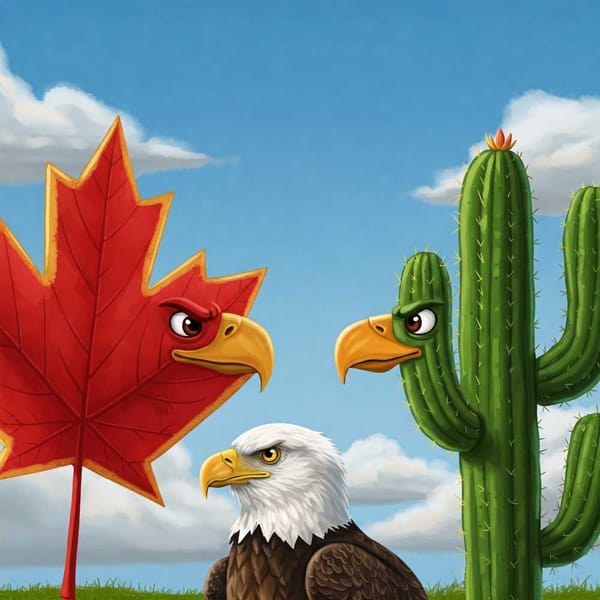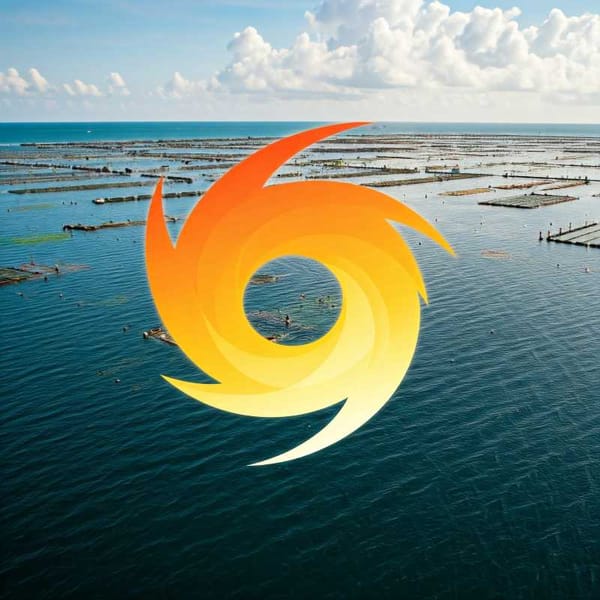A brief history of mezcal: Who invented it and where its origin is?
While historical references about mezcal in Mexico are scarce, it is known through oral tradition that since ancient times (more than 400 years ago), this beverage has been produced in different regions of the country.





